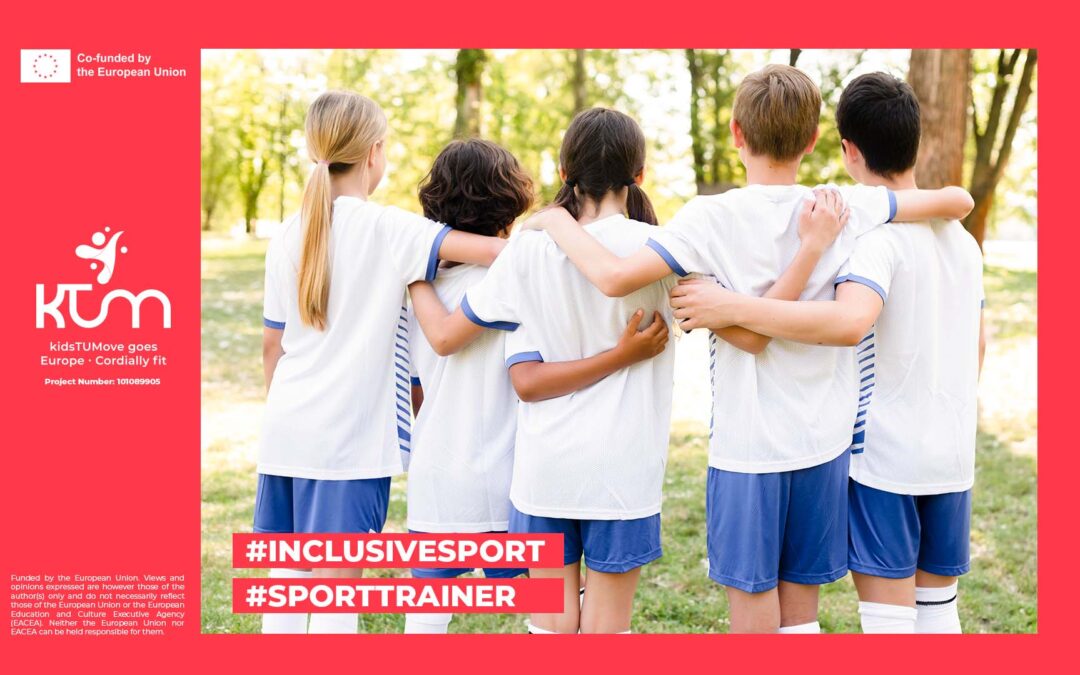Children and adolescents with cancer suffer a progressive reduction in their respiratory and cardiac capacity, as well as muscle strength, due to the treatments they undergo and the disease itself. Moreover, undergoing treatment means being removed from the social context, so that relationships, contact and interaction with peers also become an element of risk and suffering.
In this perspective, sports and physical activity (PA) can represent a therapeutic solution to resolve the difficulties associated with reduced exercise capacity, to maintain psychophysical well-being and improve quality of life but also promoting relational growth, improving self-esteem, and increasing confidence in oneself and in others.
Physical activity is associated with many physiological and psychological health benefits across the lifespan. As such, multiple health agencies including the Canadian Society for Exercise Physiology (CSEP), the American College of Sports Medicine (ACSM) and the World Health Organization (WHO) have published PA guidelines targeting all age groups including children, adults, and the elderly.
Specifically, physical activity and sports may impact chronic disease by preventing the development of secondary diseases or comorbidities, by directly modifying the disease and/or by helping to manage the symptoms associated with chronic disease. The WHO international physical activity guidelines suggest that children should participate in 60 min of moderate-to-vigorous activities daily; but these guidelines do not consider disease-specific factors that contribute to exercise intolerance in chronic diseases.
In order to ensure a suitable offer for patients with chronic diseases and post-traumatic stress disorders, the Consortium KidsTUMove goes Europe – cordially fit aims to develop a handbook for trainers to exercise with patients in the right way.
The training manual will cover not only the medical background of the children but also the correct use of different soft skills. The trainers will be able to plan group lessons and day activities and to respond to the needs of the children and young people.
To stay updated, follow our official social media: Instagram, Facebook and X!
Source: West, S.L., Banks, L., Schneiderman, J.E. et al. Physical activity for children with chronic disease; a narrative review and practical applications. BMC Pediatr 19, 12 (2019). https://doi.org/10.1186/s12887-018-1377-3

